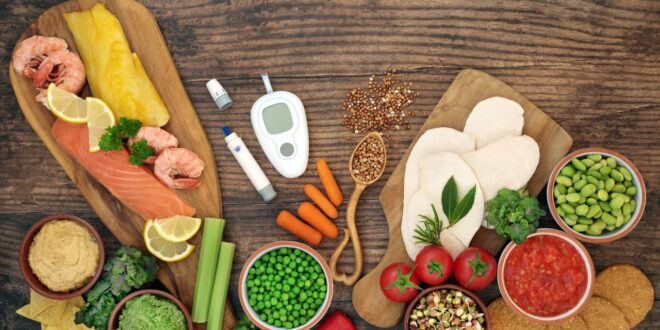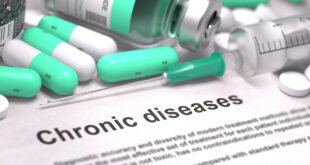If you’ve recently been diagnosed with type 2 diabetes or have been living with the disease for some time it is time to invest in your diet and your chosen food supplies. It is never too late to act upon and invest in yourself and your overall health. If you have type 2 diabetes, you may be relieved to know that sticking to a healthy diet is easier than you think, and that you may still eat the foods you love while controlling your condition (but still eating everything in moderation).
A healthy diet is already half of your job, or half of your therapy done. Here is what you should eat in your case.
Top 6 important tips
1.Fruit & vegetables
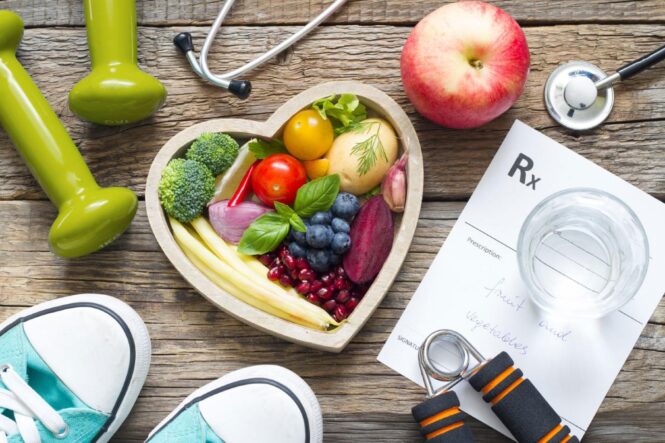
Fruit can still be eaten when managing diabetes.
Fruits and vegetables naturally contain fewer calories and more nutrients than other foods, allowing you to eat a hefty amount.
It doesn’t matter whether the food is canned, dry, fresh, or frozen.
To guarantee you’re getting a variety of nutrients, choose foods from all the colors of the rainbow and enjoy a unique blend and high-quality foods. Diabetes problems including cardiovascular disease, high blood pressure, and various types of cancer are more common in diabetics but can all be avoided by consuming a diet heavy in fruits and vegetables.
2.Low carb + Mediterranean foods
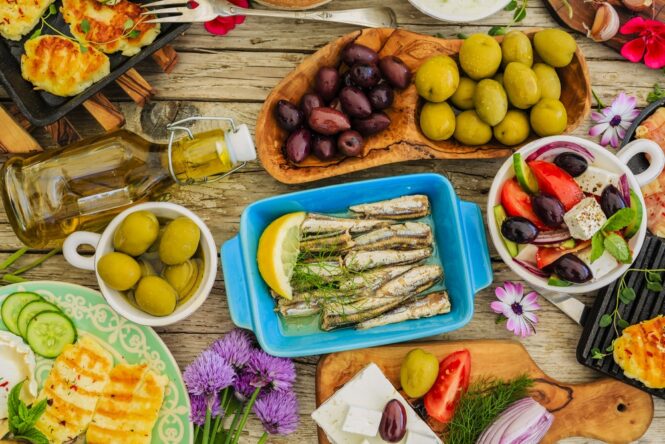
You don’t have to avoid carbs just because you have diabetes, but you should eat them in a lower quantity. What is a lower amount? This can vary from person to person based on your age & current eating habits. Mediterranean food is all about light & healthy options.
This heart-healthy eating plan emphasizes a wide range of plant-based foods, including fruits and vegetables, fish and chicken, nuts, olive oil, lentils, and whole grains. You’ll cut back significantly on your intake of red meat, butter, and salt, and you will notice a difference in your body & health. Just don’t go for drastic measures when enjoying these foods. Slow and steady change wins the race.
3.Know what to avoid
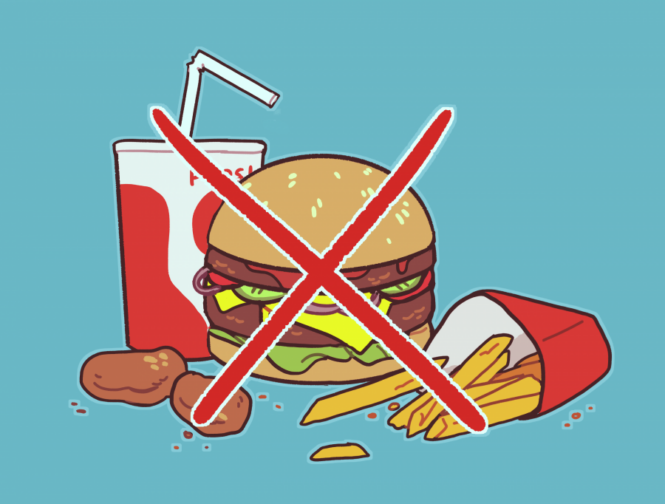
Diabetes hastens the process of clogged and hardened arteries, a major contributor to cardiovascular disease and stroke.
You should avoid: fats, and reduce your consumption of fatty meats and dairy products like ice cream, butter, and bacon. Some important items that you should also stay away from are:
Cholesterol – Egg yolks, liver, and other organ meats, as well as full-fat dairy products and high-fat animal proteins, are just a few foods that contain cholesterol. 200 mg of cholesterol per day is the maximum amount that should be consumed.
Sodium – Limit your salt consumption each day to 2,300 milligrams or less.
Your doctor could advise aiming even lower if your blood pressure is already high.
4.Know what to drink

Your blood sugar levels may be affected by the beverages you choose to consume. Often times we don’t even pay attention to our juice consumption since it is a beverage, and we don’t see it as additional (liquid) calories. Try checking your glucose response after ingesting coffee or tea to determine how it affects your blood sugar levels because caffeine is known to do so.
Be cautious while consuming artificially sweetened drinks like diet cola or lemonade. Even though there are no added sugars in these drinks, they can still make an impact on your health. So, what is your best bet? As always – water! You should aim for 2-3 liters a day for a healthy & functional system.
5.Alkaline & fasting
This diet is based on the premise that over time, foods like sugar, pork, and bread that produce acids put your health at risk, which is why controlling your intake is vital.
However, consuming more alkaline foods, such as vegetables and seeds, can aid in weight loss and health maintenance. You will notice a change in your overall health as you make this switch. Also, have you considered fasting? It is a short-term solution that can be helpful for most people. Occasionally, skipping meals can help with weight loss and the avoidance of chronic illnesses. You should always consult with your doctor before making a drastic change.
6.Meal timing is also important
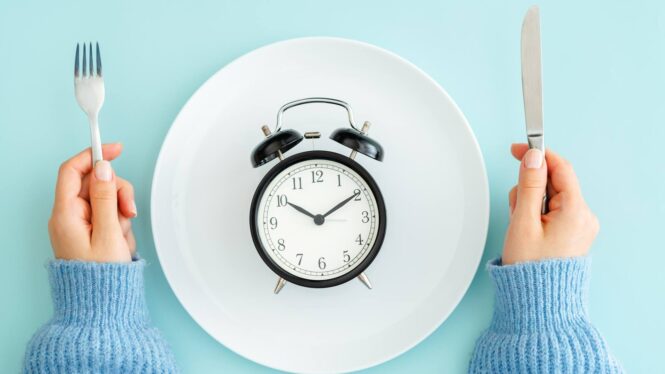
Regular mealtimes can benefit patients whose blood sugar levels need to be managed, such as those who use long-acting insulin or oral medications. If a meal is skipped or postponed while following one of these plans, you may have dangerously low blood glucose levels.
If you use “intensive” insulin therapy or some oral diabetes medicines, you may have more flexibility with meal planning. Even though it’s fine to indulge in high-fat foods like pizza every once in a while, you should pay closer attention to your blood sugar levels going forward. Meals high in fat and protein are digested more slowly than other types of foods or macronutrients. If you eat meals that are richer in protein or fat than usual, you may need to increase your lunchtime insulin dose to control this delayed surge in blood sugar. In the end, do a bit of calculating and meal prepping for the best results.
Do you want a solution that works wonders?
If you have type 2 diabetes and you don’t have a lot of time to plan your diet, you can go for the Ozempic 1mg pen. This is an Ozempic (semaglutide), a prescription medication that is classified as a glucagon-like peptide 1 (GLP-1) receptor. You can use it once a week with or without food. Anyone who struggles with diabetes will enjoy its perks within a couple of weeks of constant use + you will feel relief. Make sure that you don’t skip your weekly dose.
Learning the side effects of using Ozempic for weight loss, such as Ozempic Face, is crucial for ensuring safe and informed treatment decisions. Placing a refill order online is made simple by accessing the reorder section in your account, allowing anyone to make their purchase with ease and within minutes!
 Imagup General Magazine 2024
Imagup General Magazine 2024
